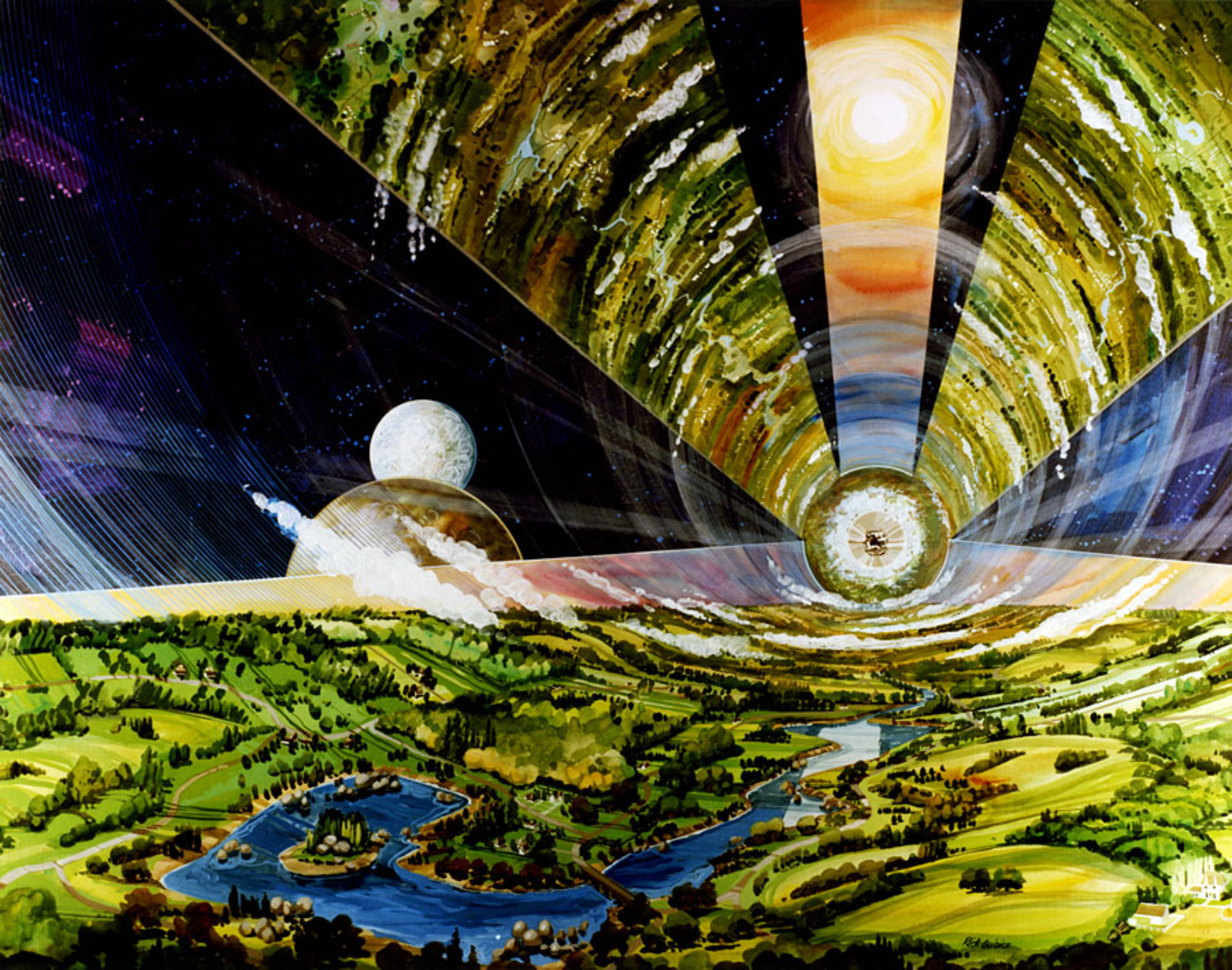
Here’s a novel way to produce both oxygen and steel in situ on the Moon and eventually on Mars. Under a NASA SBIR Phase II Sequential Contract, Pioneer Astronautics along with team members Honeybee Robotics and the Colorado School of Mines are developing what they call Moon to Mars Oxygen and Steel Technology (MMOST), an integrated system to produce metallic iron/steel and oxygen from processed lunar regolith.
In a presentation at a meeting of the Lunar Surface Innovation Consortium last month, Mark Berggren of Pioneer Astronautics gave an update on the team’s efforts. Progress has been made on several key processes under development as part of the overall manufacturing flow. Output products will include oxygen for either life support or rocket fuel oxidizer and metallic iron for additive manufacturing of lunar steel components.

The immediate next steps for the MMOST development program will be continual refinement of each process module, protocols for minimization of power requirements, demonstration of LOXIE in a vacuum environment and then optimization of mass, volume and power specifications for a scaled-up system toward flight readiness hardware.
Potential follow-on activities may include a robotic sub-scale LOXIE lunar flight experiment that could be sent to the Moon via a Commercial Lunar Payload Services (CLPS) lander. As part of the Artemis program crews could possibly demonstrate a pilot unit to validate manufacturing in the lunar environment. If successful, a full scale MMOST commercial system could come next in support of lunar base operations as part of a cis-lunar economy.

